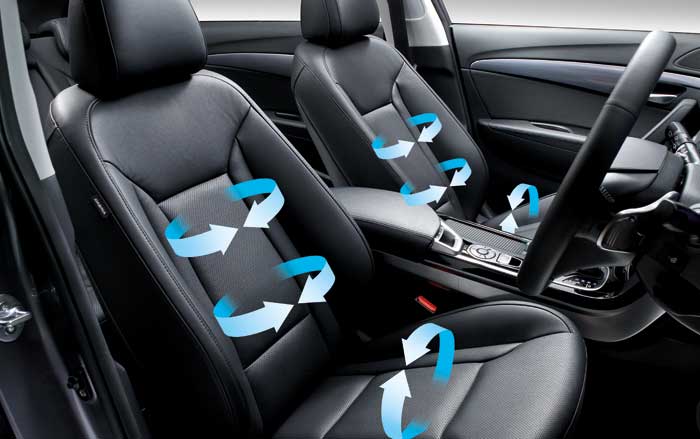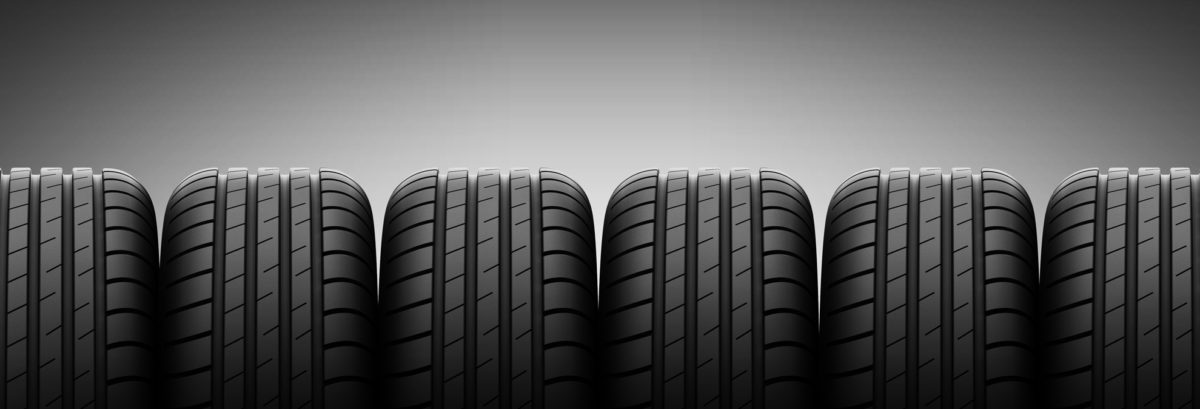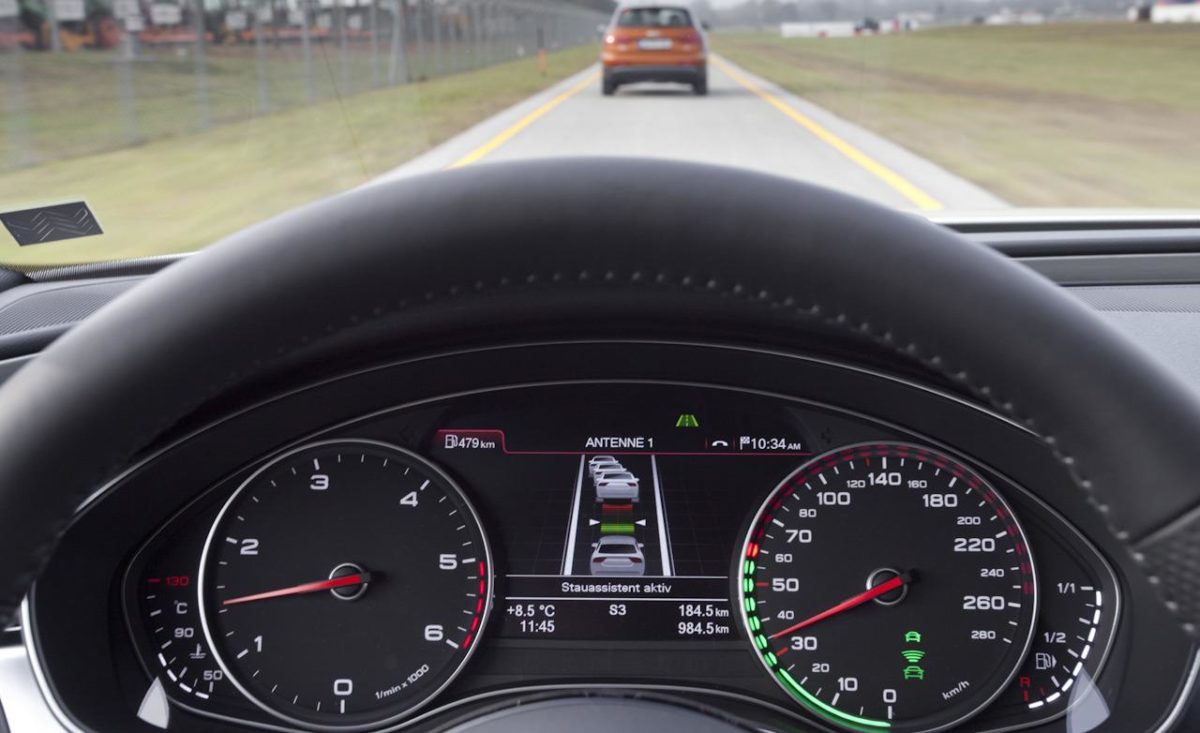How high tech ventilated seats increase fuel efficiency and reduce pollution

A recent study by the U.S. Department of Energy has found that ventilated seats can help to increase fuel efficiency.
How the technology works
Seat ventilation is a feature that is offered in many luxury cars today. Advertised under a variety of names such as “climate comfort”, “ventilated”, or “air conditioned” seats, depending on the manufacturer, this feature has now also started trickling down to many non-luxury brand vehicles.
Non-luxury models including the Hyundai Sonata, Hyundai Santa Fe, Toyota Avalon, Toyota Sequoia, Toyota Tundra, Nissan Pathfinder, Honda Odyssey all offer this feature.
The system works by using a clever combination of perforated leather seating surfaces and small fans integrated into the seats. Some systems also incorporate a micro cooling element, much like an air conditioner.

While the number of fans and the exact system design varies depending on the auto manufacturer, all of them work on the same principle. They draw in air from the cooler, lower area of the passenger compartment and transfer it uniformly to the seat cushion and back rest.
These fans create air flow, at adjustable intensities, through the fine perforations in the leather. This quickly cools the surfaces of the seats to a pleasant temperature, even if the vehicle has been heated by an intense amount of sunlight for a long period of time. The finely perforated leather upholstery absorbs perspiration to create a pleasant microclimate all-round – in effect, the seats ´breathe.´
A standard car seat blocks your body’s built-in cooling system. Ordinarily you eject heat through your pores in the form of water vapour, which carries the heat invisibly into the air.

Having a seat pressing against your back and bottom prevents this water vapour from escaping, causing it to condense into sticky sweat. It’s like wearing a jacket in hot weather.
But the gently circulating air of a ventilated seat carries away your body heat and helps to keep you cooler and your clothes drier during warmer months.
On some vehicles, the heated and ventilated functions can even be used simultaneously, circulating the seat heating more quickly. This is an added benefit on cold or damp days as the dual function helps to dry off clothes or keep you warm and dry as quickly as possible.
How does this help to reduce fuel consumption?
By employing thermal comfort measuring tools and subjective tests, the U.S. Department of Energy’s researchers were able to measure occupants’ thermal sensation with ventilated seats.

Their tests concluded that because the ventilated seats keep vehicle occupants cooler, they consequently reduce the use of the vehicle’s air conditioning system to achieve the desired level of comfort.
So by confining the cooled air directly to the spot where the hot driver (or passenger) is sitting, air-conditioned seats use energy more efficiently than the air conditioners that cool the entire interior of the car. They don’t completely eliminate fuel use and pollution, but they minimize it.
“If all passenger vehicles had ventilated seats, we estimate there could be a 7.5% reduction in national air conditioning fuel use,” says John Rugh, project leader for NREL’s vehicle ancillary loads reduction project.
Such a reduction would translate to about 522 million gallons (1.97 billion L) of fuel saved annually in the USA alone, he says.
So while it’s not quite as nice as jumping into a swimming pool on a hot day, this latest technology not only helps to keep you cool but your cash in your wallet too. Look for it on the next vehicle you test drive!









































































